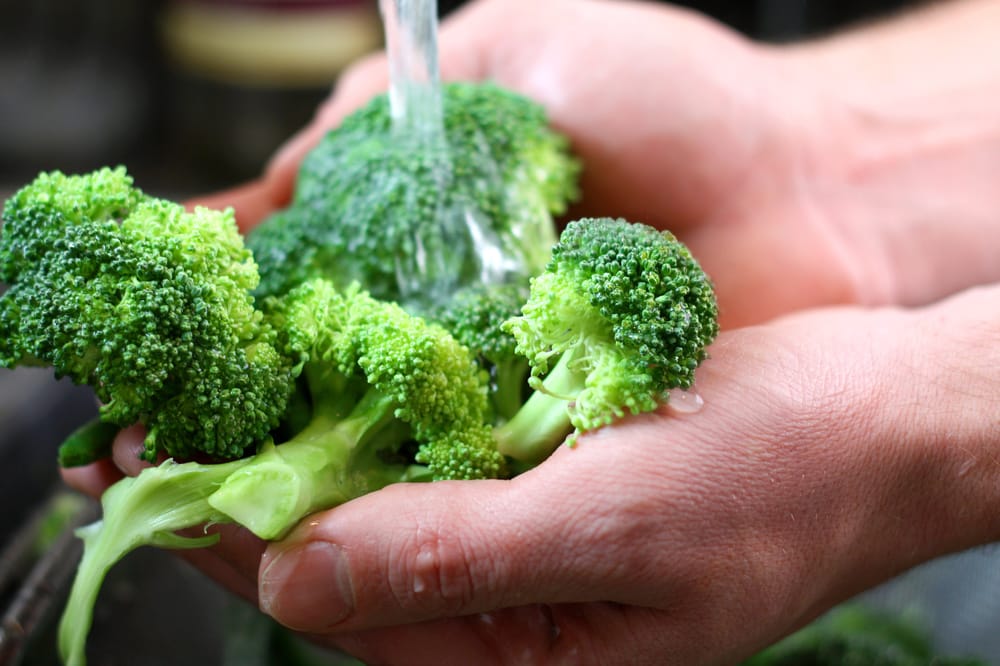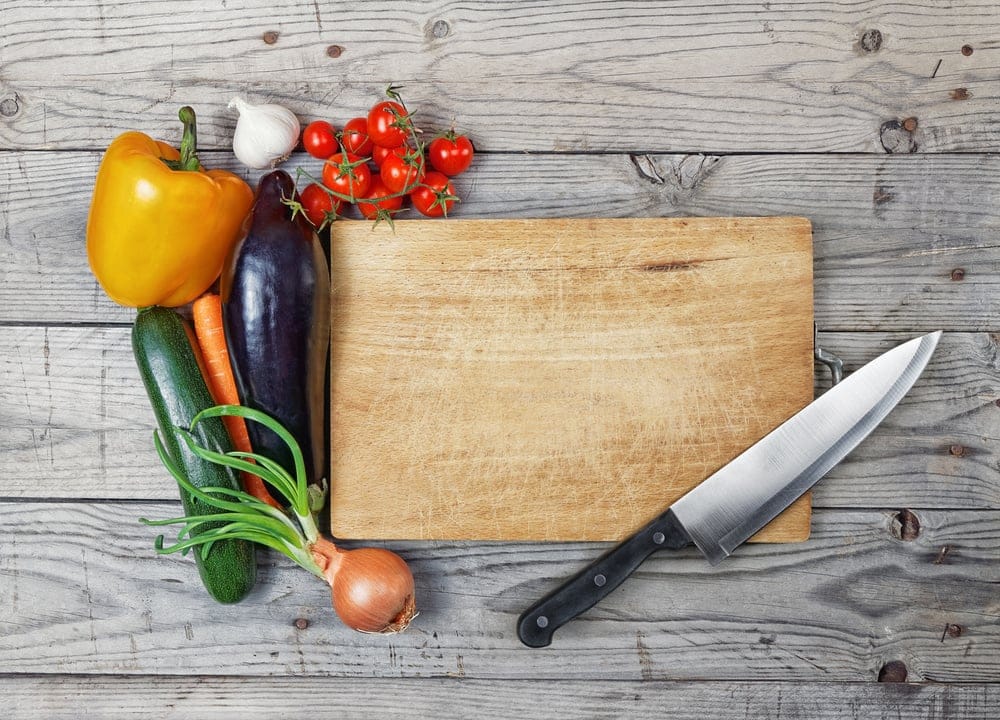Did you know that one in six Americans gets sick from foodborne illnesses each year? According to the CDC, what this also means is that almost 130,000 Americans are hospitalized annually. There’s no doubt food safety is a serious matter. So you’ll want to follow the right food safety procedures whenever you’re preparing a meal. Here are four ways to minimize the risk of any bacteria or other bugs from spreading in your kitchen.
Food Safety Tip #1: Water Is Your Friend
You can prevent foodborne illnesses by simply washing your hands frequently. Many studies have shown that hand-washing can stop the spread of viruses and bacteria and hence prevent foodborne illness. Before you start cooking, wash your hands thoroughly for at least 20 seconds with soap and warm running water. You should also wash your fruits and vegetables thoroughly before peeling or chopping them. Bacteria can actually spread to the interior of your produce when you remove the skin. However, washing raw meat products might not be a good idea because the meat juices can splatter onto your countertop and elsewhere, spreading bacteria around your kitchen.
Food Safety Tip #2: Temperature Is Key
Cooking food to the right and safe temperature is one of the best ways to prevent any foodborne illness. The magic number here is 145 as most meats require a minimum internal temperature of 145 degrees Fahrenheit or higher. It might be time for you to add a food thermometer to your culinary arsenal. Moreover, you should never thaw refrigerated items at room temperature. Instead, thaw them under running water or simply use the thaw setting on your microwave.
Food Safety Tip #3: Remember Your Leftovers, too
When it comes to leftovers, refrigerate them within two hours in a clean and shallow container. If you use a large container, the food might not be able to cool down to the safe temperature zone quickly enough. Also, don’t cram your fridge. By keeping the contents of your fridge at a reasonable amount, you’ll help ensure there’s enough cold air circulating inside, thus keeping everything cool and at an even temperature.
Food Safety Tip #4: Start Coding in Your Kitchen
Another way to prevent foodborne illness is to try using a coding system to assign different uses for each chopping block. Try a color coding system or just use different-sized chopping boards for different produce and meat. Plan a system that can work in your kitchen and be sure to use separate utensils when handling cooked vs. raw foods.
Tell us what you’ve done in terms of coming up with a fun food safety cooking system in your kitchen!
Jason is Zipongo’s registered dietitian and product manager. During his off hours, you’ll find him browsing the local farmer’s markets or hosting dinner with friends. For more nutrition tips, follow him @jasonlauRD and @zipongo.











